After 200 years, here's a checklist of names from Jacksonville's history. Do you know them?
A lot of people have left their mark on Jacksonville in the past two centuries. Some left their names, too, either on bridges, street signs or building walls. You know some of their stories, sure, but 200 years is a lot to keep track of.
If you don’t have everyone committed to memory already, here’s a list of some of the people were who made Jacksonville what it is today.
St. Elmo W. “Chic” Acosta
Jacksonville City Council member, city commissioner and state lawmaker in the 1910s-1930s. He’s remembered today for championing building Florida’s first automobile bridge across the St. Johns River, opened in 1921 and renamed the Acosta Bridge in the 1940s, replaced with a concrete bridge in 1991.
Claudia L’Engle Adams
Trained as a classical musician, the parlor of her home on East Monroe Street became a weekly meeting place for musical study and performance that became formal club in 1893. In 1929, the club bought a school gymnasium at 645 Oak St. where the Friday Musicale still operates as Florida’s oldest music club, holding weekly concerts.
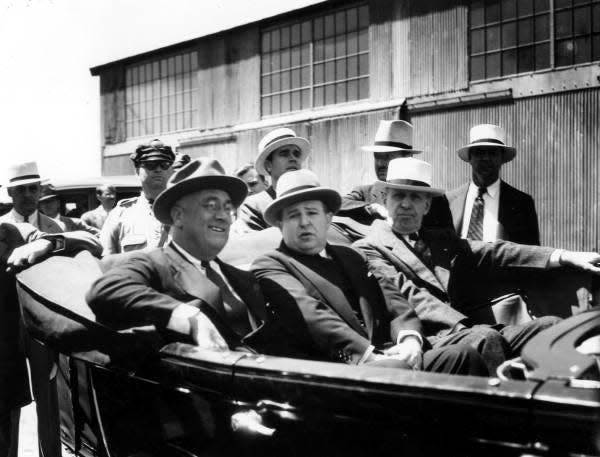
John T. Alsop
Voters picked him over and over to lead Jacksonville, making him the city’s mayor for 18 years, from 1923 to 1937 and 1941 to 1945. His seven terms in office — the longest mayoral run in Jacksonville’s history — explain why downtown’s Main Street bridge, which opened in 1941, was named after him in 1957.
Ed Ball
A gold prospector-turned-business tycoon and political big-wheel, his millions funded a children’s medical foundation after his death. Jacksonville-based brother-in-law of gunpowder heir Alfred I. duPont, from 1935 to 1981 he managed funds from his late relative’s will and became the power behind businesses including the Florida East Coast Railway, St. Joe Paper Co. and Florida National Bank. He managed the Alfred I. duPont Testamentary Trust from the office tower he built at 214 N. Hogan St., now the city-owned Ed Ball Building. When he died, his millions were willed to Jacksonville’s Nemours Foundation.
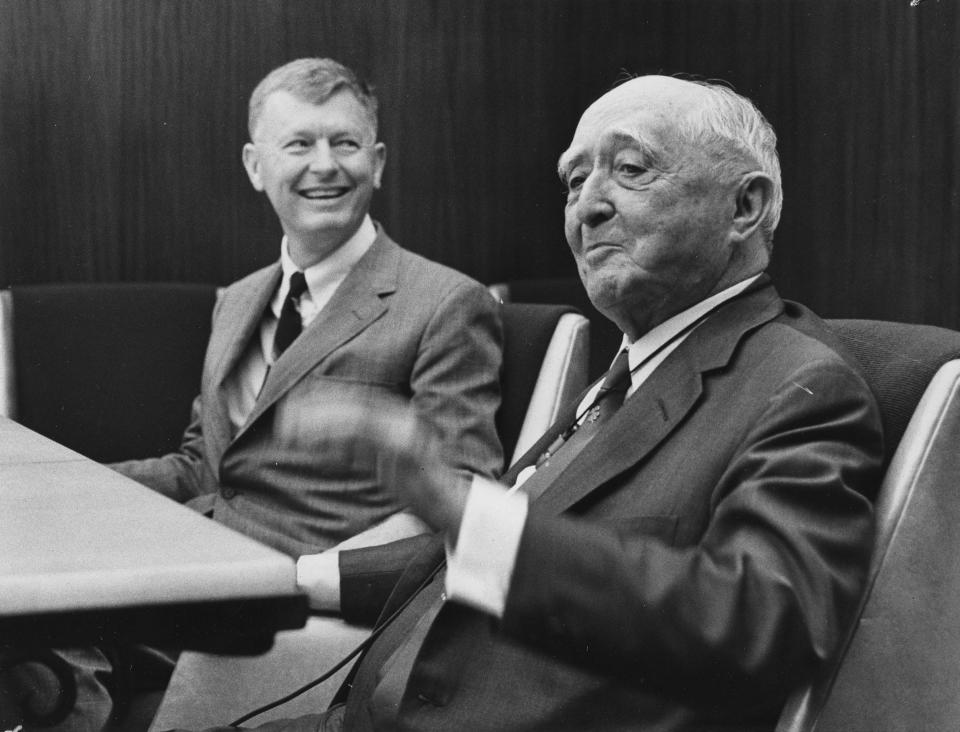
Abraham Bellamy
Jacksonville’s first lawyer, he opened an office in 1823, writing legal papers for early settlers.
Charles E. Bennett
The Jacksonville Democrat served 44 years in Congress and authored numerous books about North Florida history. A lawyer and state legislator before World War II, he quit in 1942 to join the U.S. Army and returned for a 22-term career in the U.S. House of Representatives from 1949 to 1993. Downtown Jacksonville’s federal office building and the bridge carrying the Wonderwood Connector across the Intracoastal Waterway are named for him.
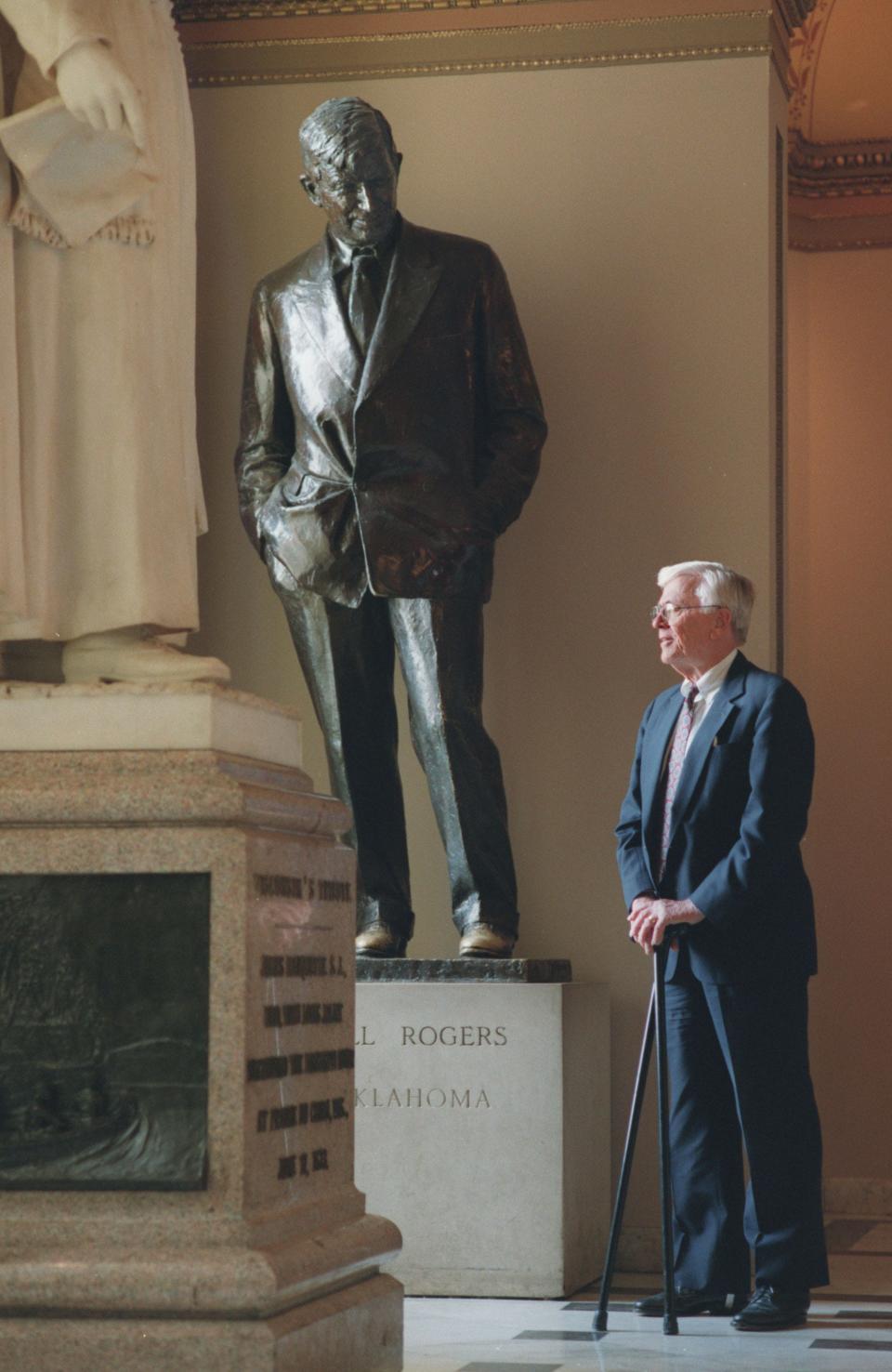
Alexander Brest
The company the MIT-trained civil engineer started in 1924, Duval Engineering and Contracting Co., built more than 2,000 miles of roads, plus large parts of Naval Air Station Jacksonville, before the business was sold four decades later. The company’s success fed off growth that transformed the state and helped make Brest rich enough to underwrite buildings, athletic facilities and scholarships at Jacksonville University as well as facilities like the Museum of Science & History’s Alexander Brest Planetarium.
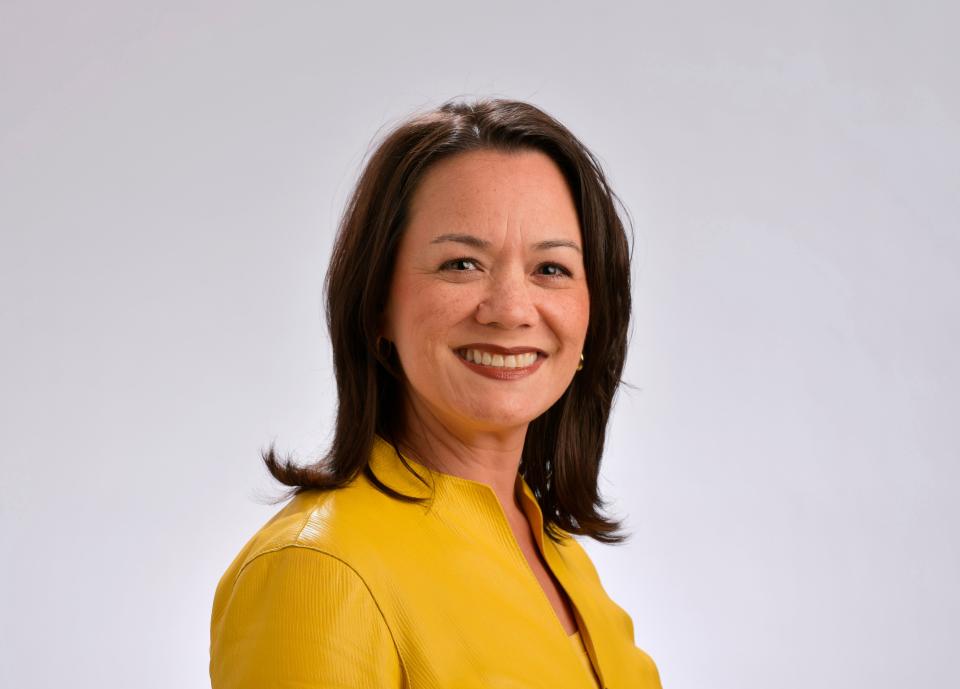
Anna Lopez Brosche
The accountant became the first Asian-American member of Jacksonville’s City Council when she was elected in 2015 and became the council president in 2017.
Napoleon Bonaparte Broward
A steamboat pilot and ship’s captain, he became Duval County’s sheriff in 1888, and after leaving office in the 1890s built and ran a steamboat that delivered weapons to Cuban troops rebelling against a Spanish colonial government. He served one term in Florida’s House of Representatives and was Florida’s governor from 1905 to 1909. Although widely called the Dames Point Bridge, the span carrying Interstate 295 across the St. Johns River in North Jacksonville is formally the Napoleon Bonaparte Broward Bridge.
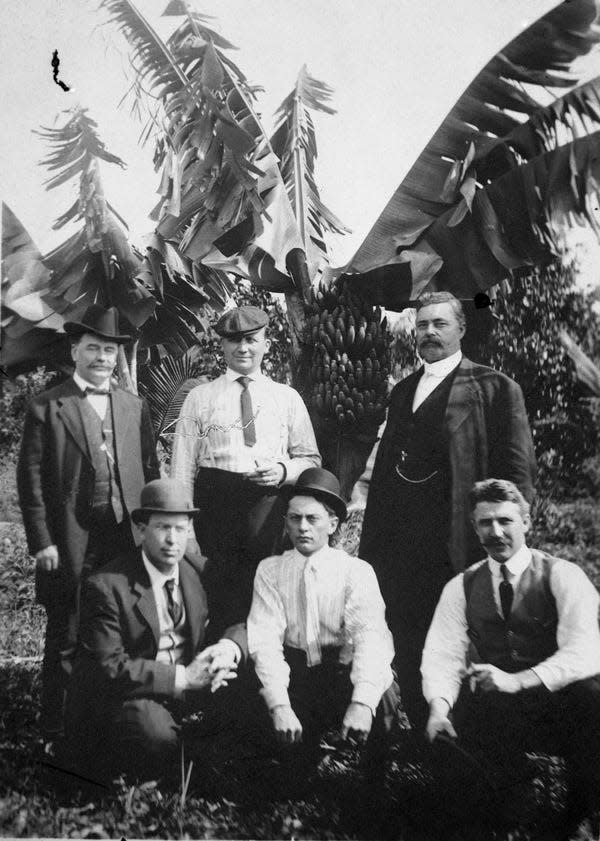
Alvin Brown
In 2011, he became the city’s first African American mayor and the first Democrat to hold the job in 20 years. He served one term.
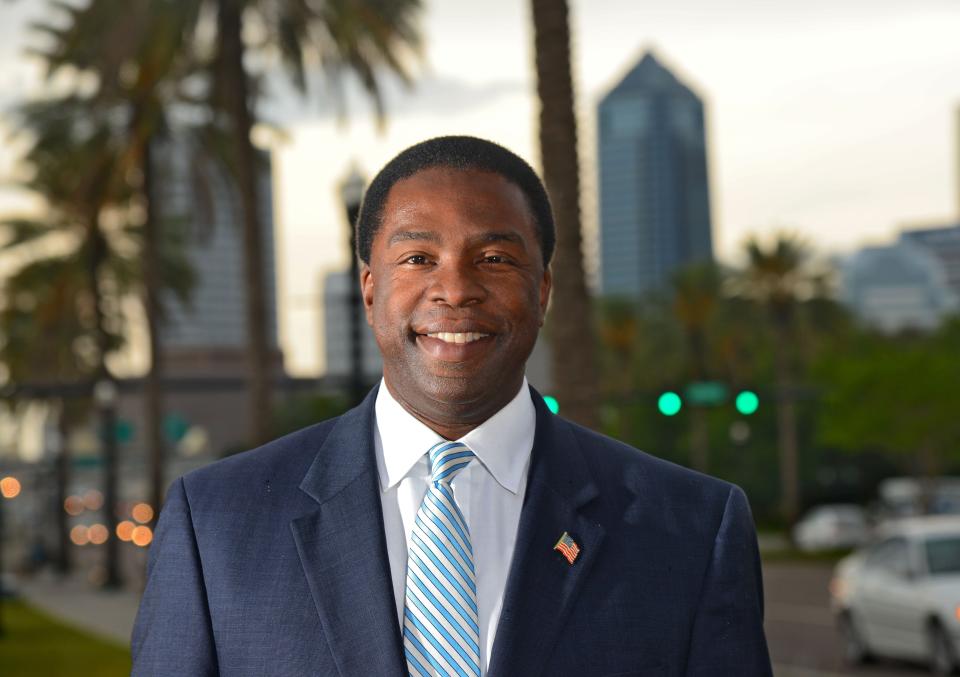
Clanzel Brown
The civil rights activist, executive director of the Jacksonville Urban League from 1965 to 1982, advocated steps to increase economic parity across racial lines. The Clanzel Brown Community Center at 4575 Moncrief Road carries his name.
Corrine Brown
A member of Congress from Jacksonville from 1993 to 2017, she was among three Black lawmakers elected to the U.S. House of Representatives for the first time since the 19th century after congressional district lines were reset in 1992. Imprisoned on a fraud conviction that was later overturned, she pleaded guilty last month to interfering with administration of tax laws.
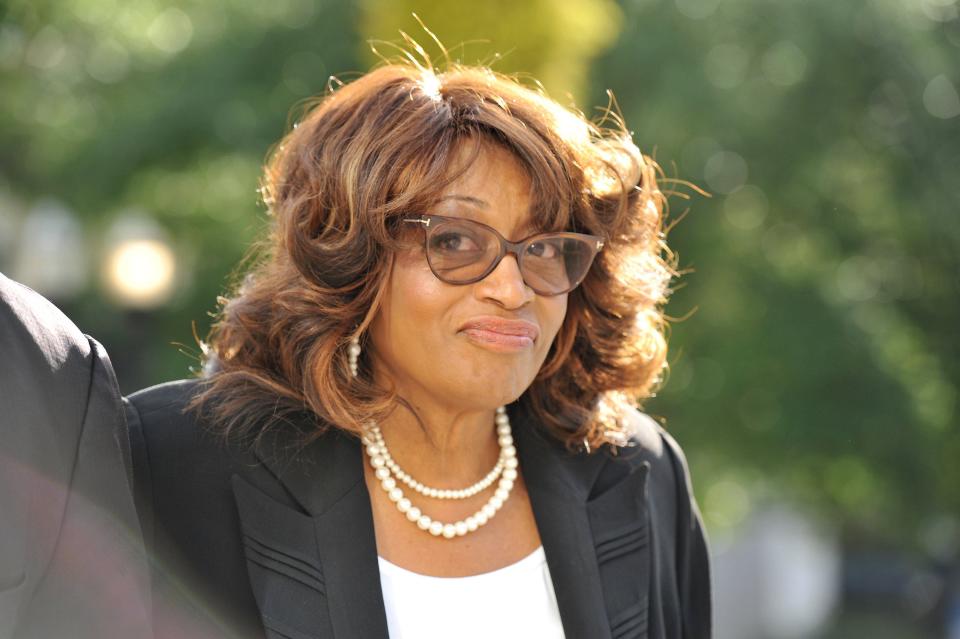
R.L. Brown
The South Carolina-born carpenter, farmer and minister was Jacksonville’s earliest known Black architect, identifying himself in that role by 1920 despite not being formally trained. Between 1881 and 1884, he served two terms in Florida’s House of Representatives and worked for many years building and repairing Duval County schools. Richard Lewis Brown Gifted and Academically Talented Elementary School on Milnor Street stands on land he once owned.
Henry H. Buckman
The Jacksonville-born attorney served in Florida’s Legislature in the 1900s. The Buckman Bridge between Mandarin and Orange Park is named after him.

Haydon Burns
He was Jacksonville’s mayor from 1949 to 1965 and Florida’s governor from 1965 to 1967. A downtown library was named for him but was renamed when the building was sold to the Jessie Ball duPont Fund, and the former City Hall annex that was named for Burns was imploded in 2019.
J. Turner Butler
A longtime state lawmaker, the Democratic attorney represented Duval County in Florida’s House of Representatives from 1911 to 1913 and in the Senate from 1918 to 1925, then from 1931 to 1941. J. Turner Butler Boulevard was named for him because of his history of involvement with Duval County transportation issues.

Thomas G. Carpenter
The first president of the University of North Florida, he directed development plans for the 1,000 acres of Southside property where the college opened in 1972. UNF’s construction near Butler Boulevard and St. Johns Bluff Road was part of a wave of building that began before St. Johns Bluff was paved and before Butler had been built in that area.
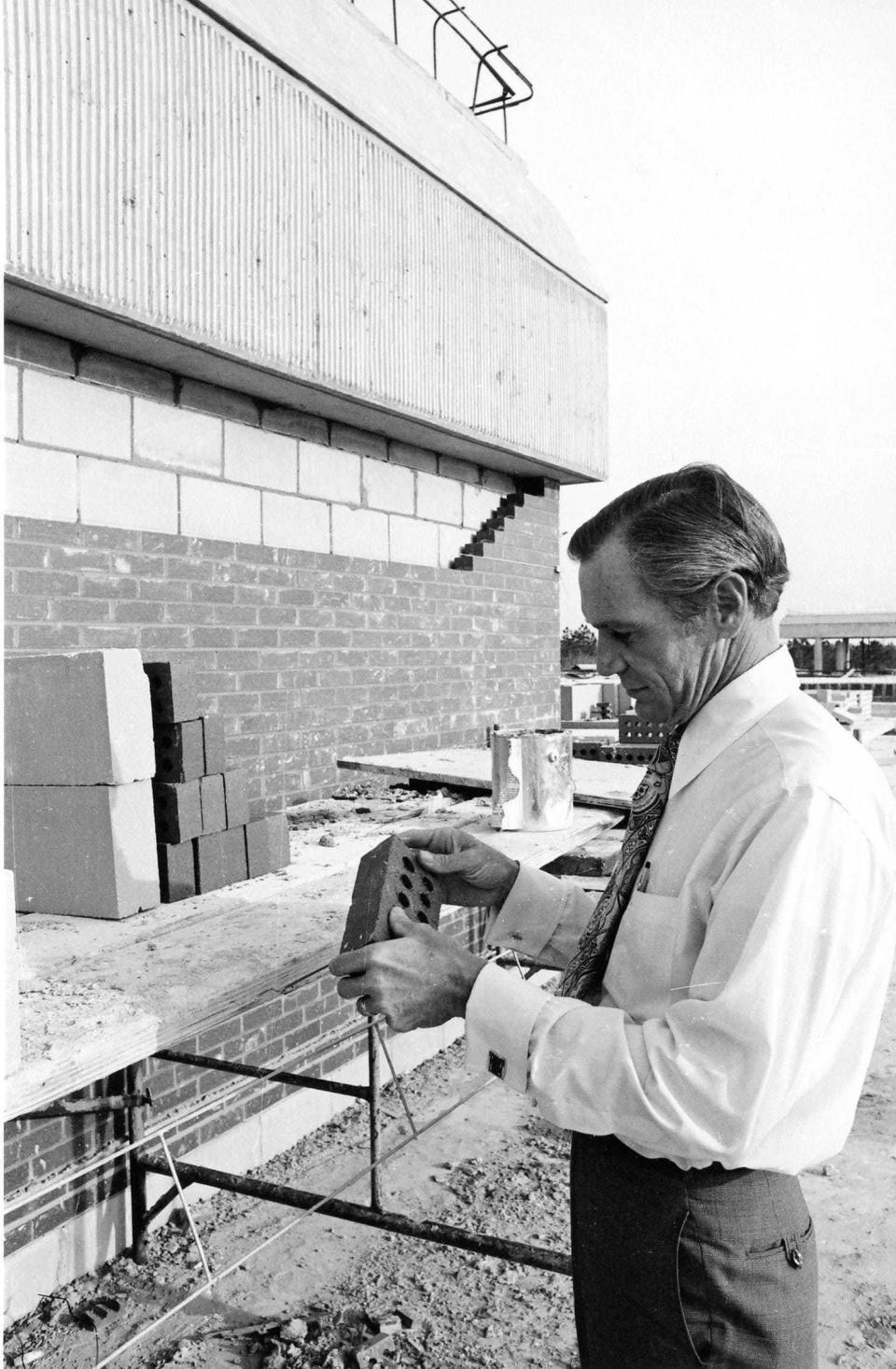
Leah Mary Cox
Moving from Tallahassee in 1888, the early female photographer documented Jacksonville’s life near the turn of the 20th century in more than 4,000 glass negatives recovered years after her death.
Ninah Cummer
Married into a wealthy business family in the 1890s, she spent decades as a prominent volunteer for causes including the Children's Home Society of Florida, organizing the Garden Club of Jacksonville in 1922 and helping plan the development of Riverside’s Memorial Park. When she died in 1958, she willed her home, antiques, art and most of her wealth to the creation of the Cummer Museum of Art & Gardens.

Wellington Cummer
1890s-1900s lumber baron who became Florida’s largest landowner. The Cummer Lumber Co. built the Jacksonville & Southwestern Railway to haul lumber and phosphate to mills and processing hubs that supplied tens of millions of board feet of wood yearly for rail lines and construction sites along the East Coast and internationally.
Samuel B. Darnell
A Methodist minister, in 1872 he founded the Cookman Institute offering secondary school courses for Black youths and adults, with a focus on training to become teachers or ministers. The school moved to Daytona Beach in the 1920s and merged with another, in 1929 creating Bethune-Cookman College (now a university). The Duval County school system’s Darnell-Cookman Middle/High School is on property the institute relocated to after Jacksonville’s Great Fire of 1901.
Alexander Darnes
Once a slave serving Confederate Gen. Edmund Kirby Smith, he became Jacksonville’s first Black doctor after earning a medical degree in 1880. When a yellow fever epidemic caused thousands to flee the city in 1888, Darnes helped many suffering patients, and his funeral in 1894 drew thousands of mourners. A statue of Darnes and Smith was erected in 2004 in St. Augustine, where both were born.
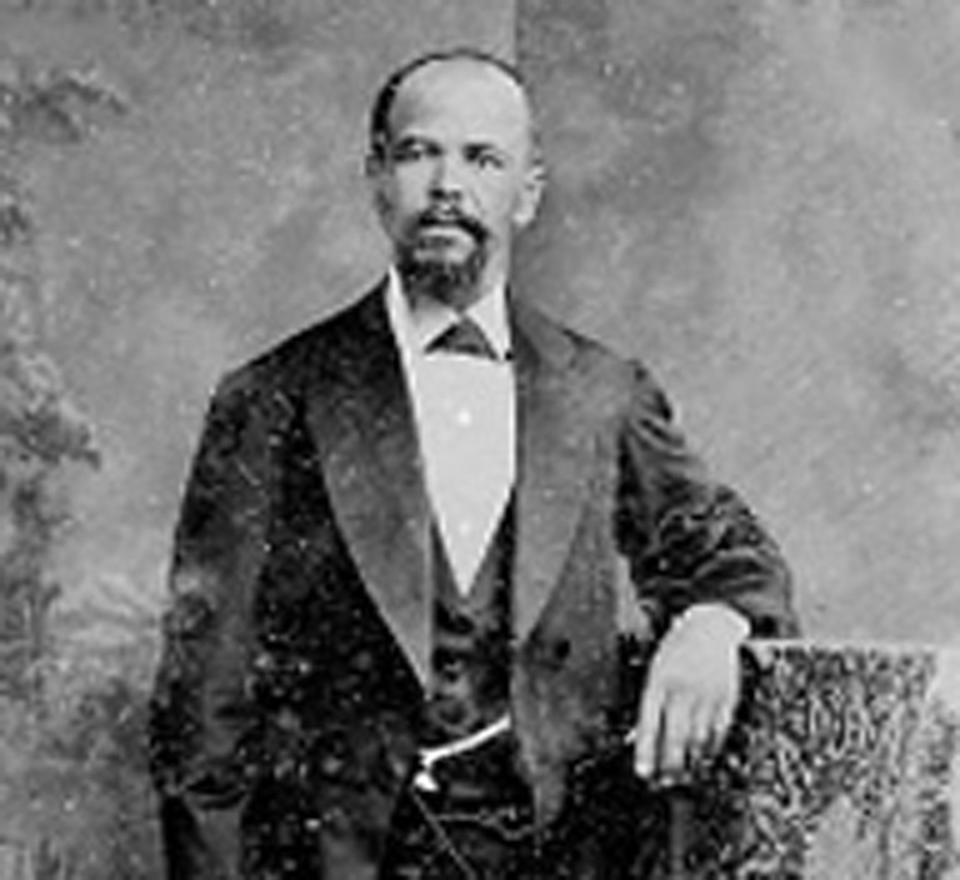
J.E. Davis
The longtime patriarch of the Winn-Dixie grocery chain affected business circles, charities, health care and development patterns around Jacksonville between 1955 and his death in 1993. Davis and his family, for example, led fundraising and donated 400 acres from his southeastern Jacksonville property to induce Mayo Clinic to open its Jacksonville clinic in 1986. Now a part of Southeastern Grocers, Winn-Dixie by itself was a Fortune 500 business that employed thousands and donated millions of dollars to organizations including Jacksonville University, Edward Waters University, the Bolles School and Episcopal High School.

John Delaney
An attorney, in 1995 he became the city’s first Republican to be elected mayor in 107 years. During eight years in office, he championed a sales tax increase to fund construction of city infrastructure, downtown facilities and conservation of undeveloped lands, then began a 15-year tenure as president of the University of North Florida.
Frederick Delius
In the 1880s, the British-born composer managed an orange plantation in St. Johns County just long enough to realize he only wanted to make music and to connect with musicians in Jacksonville. He headed back to Europe in 1886, but the riverfront house he occupied in Picolata was moved in 1961 to Jacksonville University to be used as a museum and music practice site.

James Dell
Duval County’s first sheriff was appointed in 1822 but left the post a couple of years later and lived in Alachua County. Daniel C. Hart, brother of town founder Isaiah Hart, succeeded him and was both the county sheriff and a deputy U.S. marshal until he died in 1831.
Henrietta Dozier
The city’s first female architect, she moved to Jacksonville in 1914. She designed projects for houses, apartments, St. Philip’s Episcopal Church downtown on Union Street and the old Federal Reserve Bank building on Hogan Street.

Jessie Ball duPont
A one-time teacher who married industrialist Alfred I. duPont, she moved in 1927 to Epping Forest in Jacksonville’s Southside and became a force in philanthropy. After her death in 1970, the Jessie Ball duPont Fund was endowed to help build stronger, more inclusive communities.
Joseph Durkee
A Union military officer during the Civil War, he bought land northwest of downtown Jacksonville that developed as the Durkeeville community. A public housing complex carrying the Durkeevillle name was built in 1937 and demolished in the 1990s, replaced by a mix of apartments and owner-occupied homes.
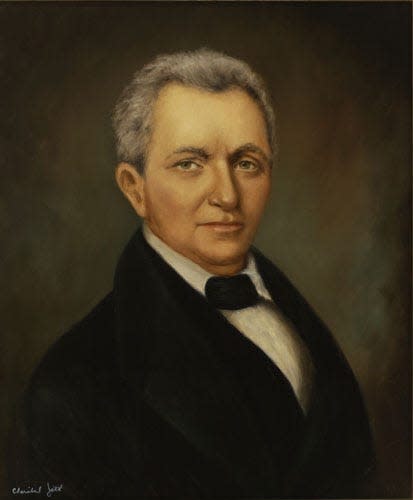
William Pope Duval
He was a federal judge and former member of Congress from Kentucky who President James Monroe appointed as America’s first civilian governor of Florida, replacing Gen. Andrew Jackson. Duval County was named for him, but the county wasn’t created until two months after surveyors mapped boundaries for the new community of Jacksonville, which started its existence as part of St. Johns County.
Joseph Finegan
He started a sawmill in Jacksonville in the 1830s and a law practice in Fernandina Beach, becoming a business partner of U.S. Sen. David Yulee in construction of a railroad from Fernandina to Cedar Key. During the Civil War he became a Confederate brigadier general whose troops routed Union soldiers at the Battle of Olustee, forcing their retreat to Jacksonville. The Duval County School Board last year renamed Finegan Elementary School as Anchor Academy.
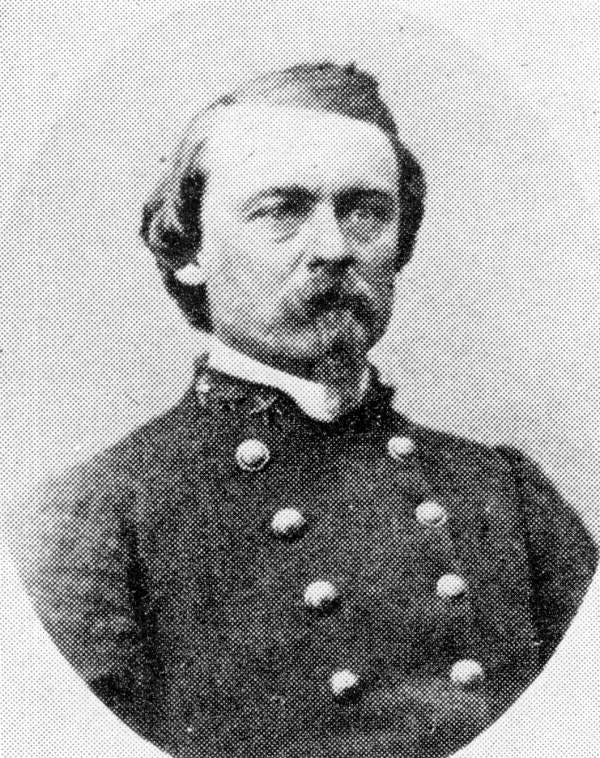
Duncan U. Fletcher
The man Fletcher High School in Neptune Beach is named after was a U.S. senator from 1909 to 1936. A lawyer, he got his political start when he was elected to Jacksonville’s City Council in 1887, then became mayor two times between 1893 and 1903.
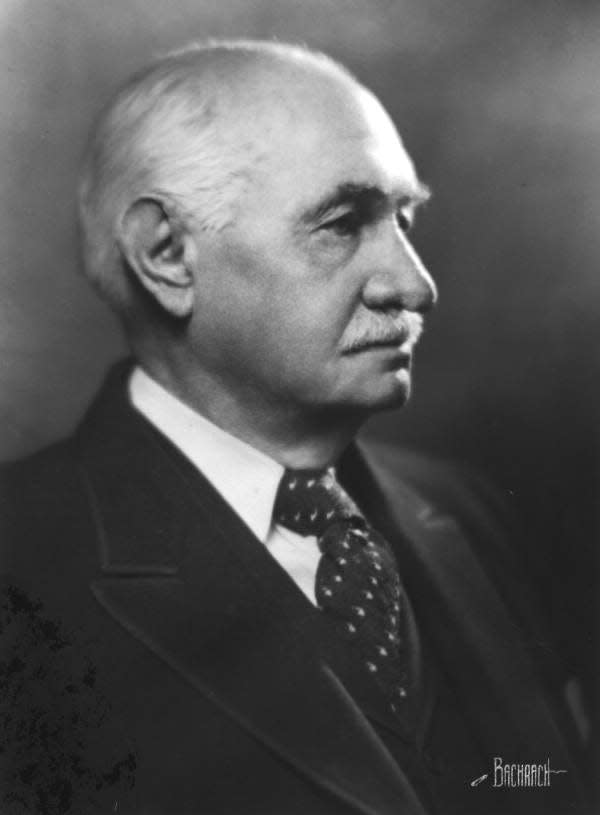
John Murray Forbes
The wealthy Boston investor bought 500 acres in an area called Dell’s Bluff in 1868 and platted it as Jacksonville’s Riverside neighborhood. A strip of parkland hugging Ascension St. Vincent’s Medical Center in Riverside carries his name, as does Forbes Street in Riverside.
Tillie K. Fowler
An attorney elected to Jacksonville’s City Council in 1985, she became the council’s first female president in 1989. A Republican, she served in the U.S. House of Representatives from 1993 to 2001 and became the highest-ranking woman in Congress at that time. Tillie K. Fowler Regional Park at 7000 Roosevelt Blvd. is named for her.
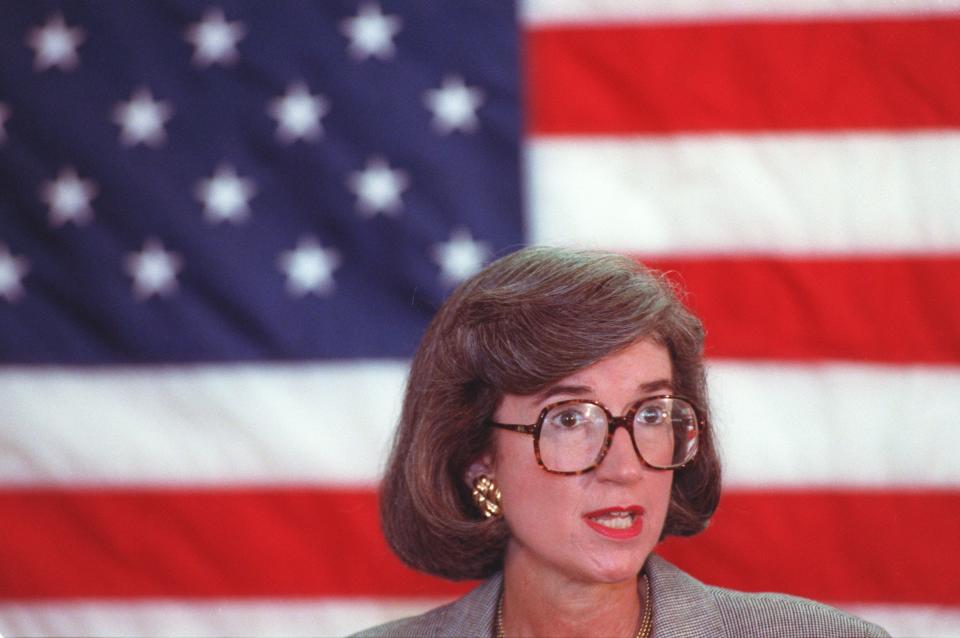
Kingsley Gibbs
The owner of a sawmill near the mouth of the St. Johns River, in the 1840s he changed the name of his tiny community from Hazard to Mayport Mills. People living there petitioned the federal government to build a fort and a military hospital, close to a century before Naval Station Mayport was commissioned in 1942.
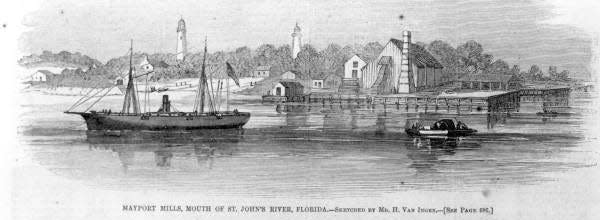
Eugene F. Gilbert
Dubbed the “father of Atlantic Boulevard,” the jeweler and real estate developer bought land north of Pablo Beach and in 1892 persuaded Duval County commissioners to start construction on “Gilbert’s highway to the sea.” Atlantic Boulevard was dedicated on June 28, 1910.
Nat Glover
Florida’s first Black sheriff elected since the 19th century ran the Jacksonville Sheriff’s Office from 1995 to 2003. Between 2010 and 2018, he was president of Edward Waters College (now university), where he had been an undergraduate decades earlier.

Jake Godbold
A 12-year member of Jacksonville’s City Council, he was the city’s mayor from 1978 to 1987. He was noted for his embrace of downtown redevelopment and efforts to draw a professional football team. The Jake M. Godbold City Hall Annex carries his name.
James Hall
A Revolutionary War veteran, Jacksonville’s first American-reared doctor actually settled in Duval County in 1790 but was banished from his home in Mandarin’s Plummers Cove after being accused of involvement with a rebellion against Spain’s colonial government. He returned to the area in 1822, resuming his practice for the final 15 years of his life.

Isaiah Hart
A Georgia native who had been part of a failed 1812 rebellion against Florida’s Spanish colonial government, in 1821 he paid another settler in cattle for 18 acres near Market Street and the river. The next year, he floated the idea of creating a town to the few neighbors he had and by June 1822 a survey crew was mapping the property.

Ossian Hart
The son of city founder Isaiah Hart was Florida’s governor from 1873 until his death in Jacksonville in 1874. An attorney who spent much of his life in South Florida, he would be the state’s last Republican elected governor for nearly a century.
Tommy Hazouri
After serving in Florida’s Legislature for 12 years, he was elected Jacksonville’s mayor for a four-year term in 1987. He then served on the Duval County School Board from 2004 to 2012 and on the Jacksonville City Council from 2015 until his death last year.
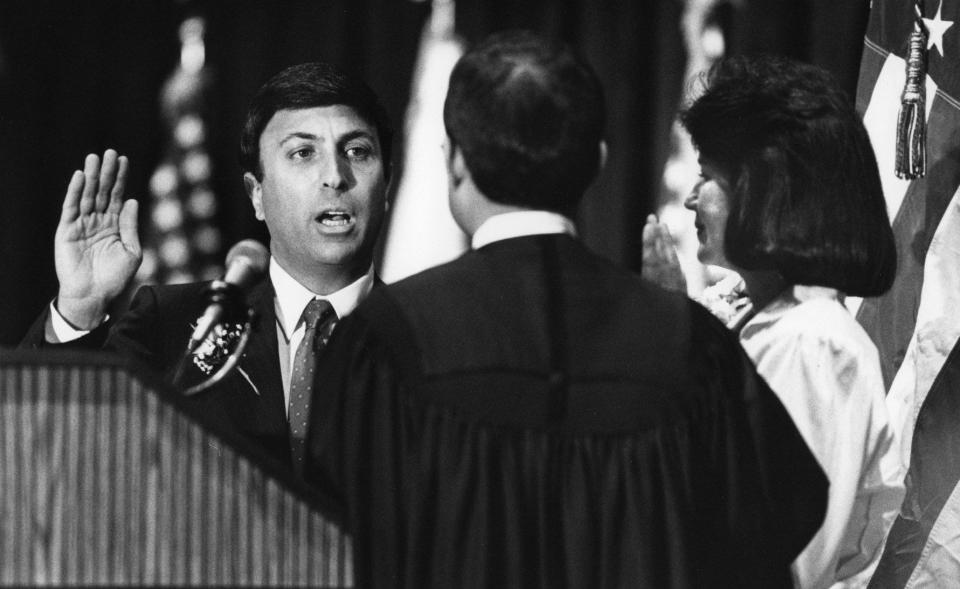
Isaac Hendricks
Son of a North Carolina family with a Spanish land grant, Hendricks cultivated a 216-acre area around the Southbank and San Marco and operated a ferry across the St. Johns from the south bank of the St. Johns starting about 1800. Hendricks Avenue carries his name.
George and Kernan Hodges
The son of an investor family that owned 5,000 acres used mostly for tree farming, Hodges accelerated development there and in land he managed for a real estate trust by designing and building public roads that opened floodgates of development off Atlantic Boulevard in the 1990s and 2000s. He paid for construction of Kernan Boulevard (named for his wife) and some connecting neighborhood roads, creating access that fueled demand for property that was previously overlooked. Hodges Stadium at the University of North Florida is named for the couple.
Lewis Zachariah Hogans
One of the earliest settlers in the downtown Northbank area where Jacksonville began, he and his wife moved into a log house near Hogan and Forsyth streets in December 1816. An apparent relative, Daniel Hogans, received a Spanish land grant the next year for land on the east side of Hogans Creek, and, in 1820, John Hogans settled north of the creek in the area that later became Springfield.
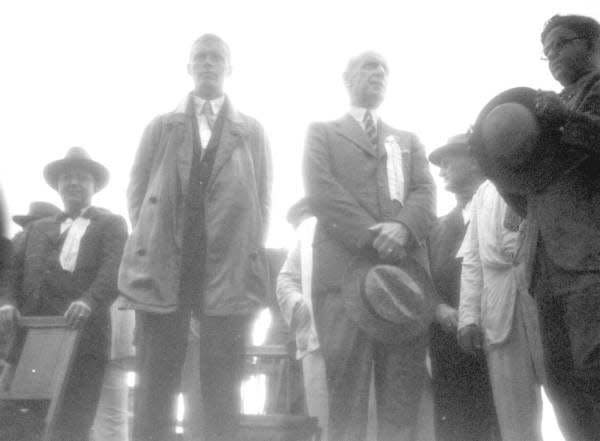
Thomas Cole Imeson
A Jacksonville city commissioner and first president of the Southeast Airmail Association, he championed a 1920s bond issue to create a public airfield, where aviator Charles Lindbergh landed to a huge crowd in 1927. The field near Main Street and Busch Drive became the city’s air-traffic hub until Jacksonville International Airport opened in 1968.
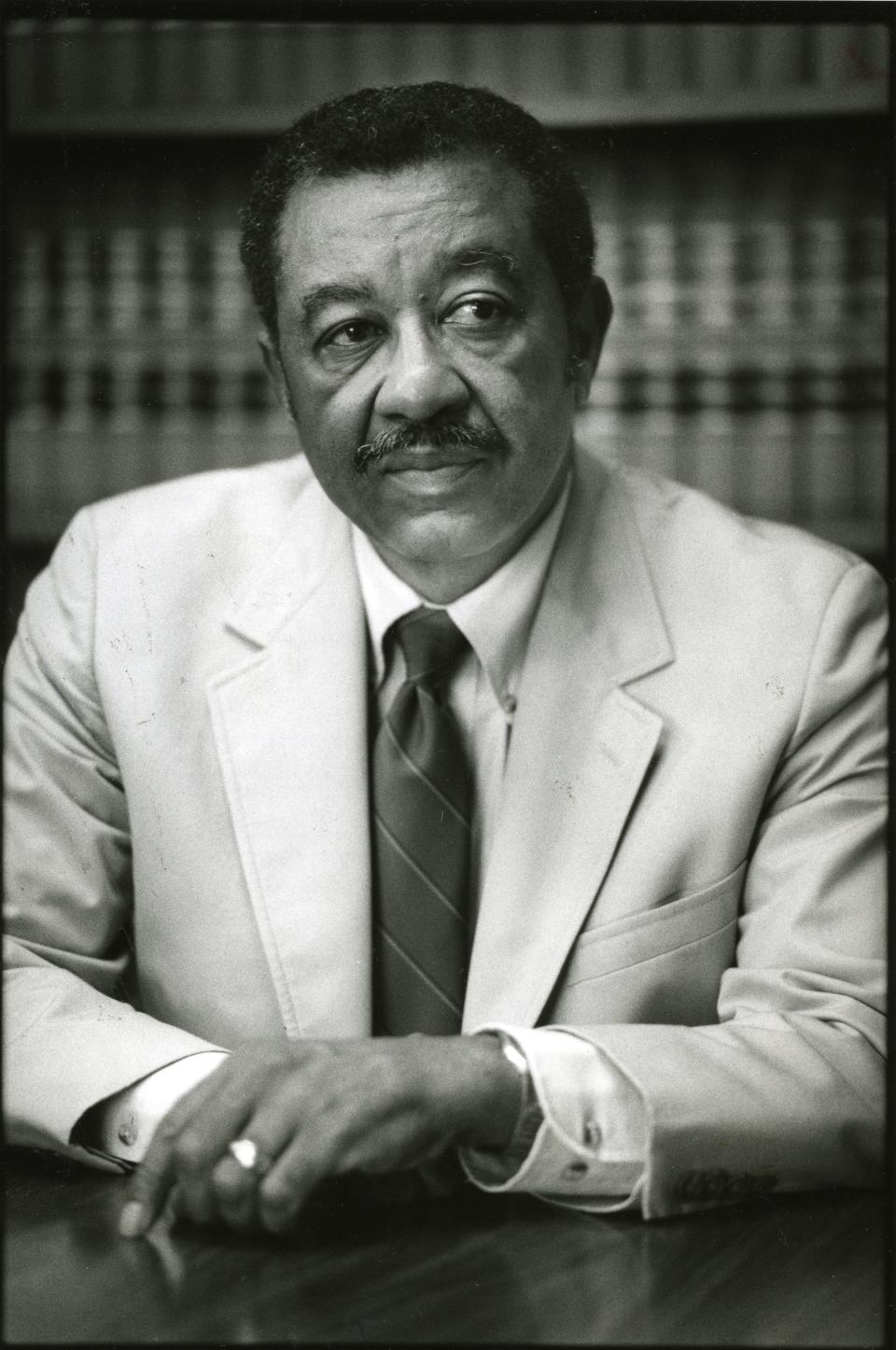
Earl M. Johnson Sr.
A lawyer, in 1976 Johnson became the first Black president of Jacksonville’s City Council following Jacksonville’s consolidation with Duval County. Earl M. Johnson Memorial Park in the Southside is named for him and his legal career led to his induction in Florida’s civil rights hall of fame.
James Weldon Johnson
The Jacksonville-born activist, writer and educator wrote lyrics for the so-called Negro national anthem “Lift Every Voice and Sing,” first performed in 1900 in Jacksonville, where he was a teacher and later principal of the city’s segregated Old Stanton School. He left Jacksonville in the 1900s for a career that included years as a diplomat in Latin America and a civil rights advocate chosen as the first Black executive secretary of the National Association for the Advancement of Colored People.
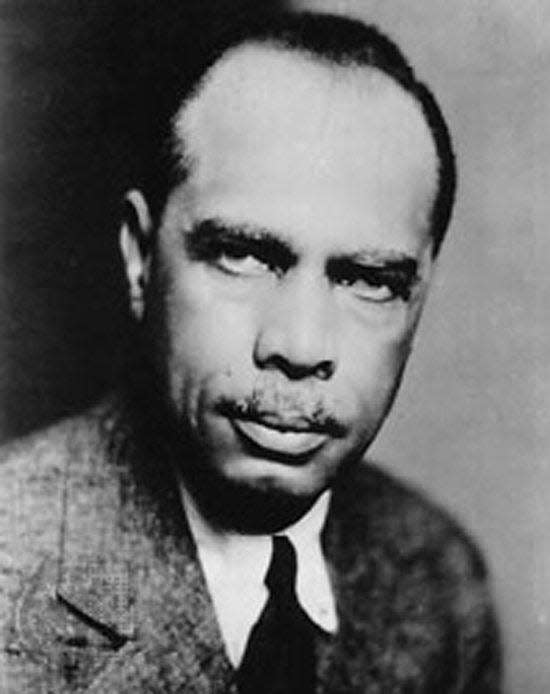
J. Rosamond Johnson
The brother of James Weldon Johnson composed the music for “Lift Every Voice and Sing.” He left Jacksonville in the 1900s for a musical career that included writing, producing and performing in Broadway shows as well as compiling and publishing traditional African American songs.
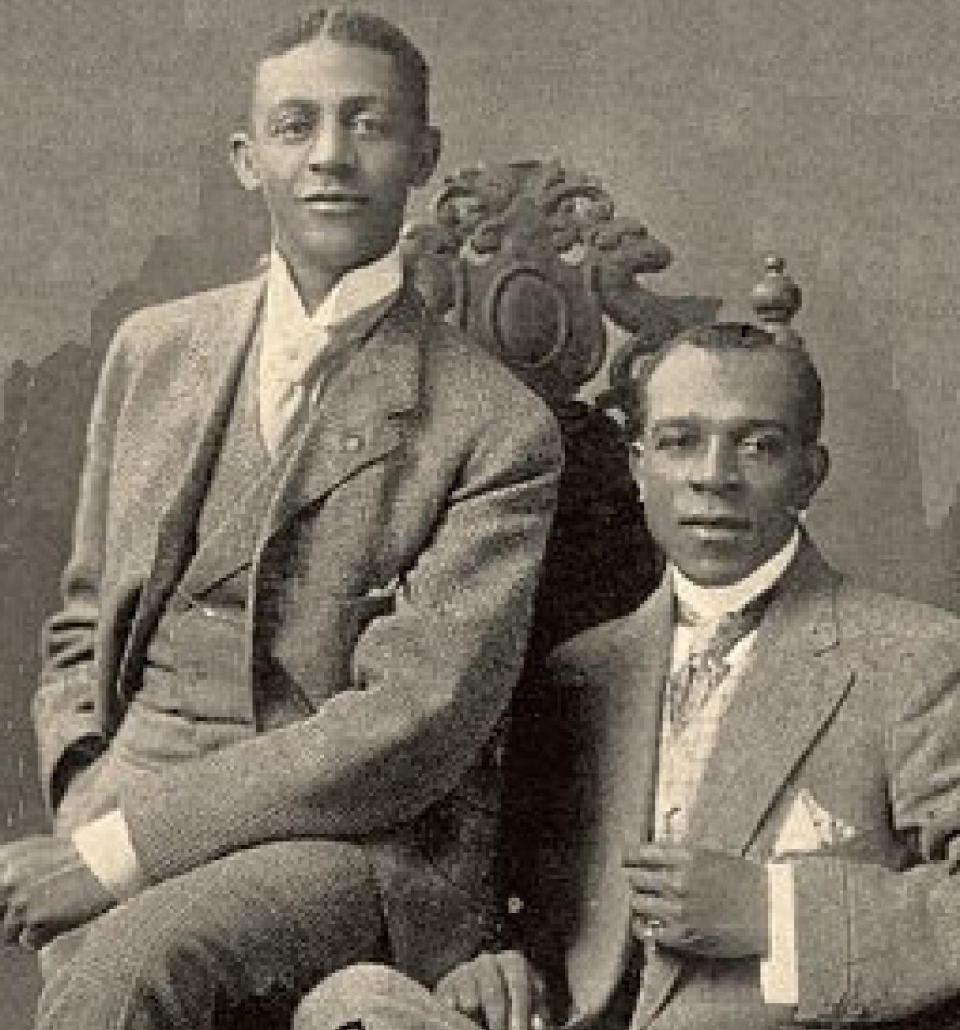
Joseph Eggleston Johnston
Thousands of soldiers in Jacksonville during World War I and young people during the Great Depression learned the name of a long-dead Confederate general as they lived and trained at Camp Joseph E. Johnston, a state-designated military base and later Civilian Conservation Corps camp within today’s Naval Air Station Jacksonville. Johnston commanded Confederate troops in five states during late stages of the Civil War and negotiated the surrender of almost 90,000 soldiers in the war’s final days.
Stetson Kennedy
The Jacksonville-born writer and folklorist drew national attention by writing in the 1940s about the inner workings of the Ku Klux Klan.
Anna Madgigine Jai Kingsley
Brought from Africa as a slave in 1806, she worked on slave-trader Zephaniah Kingsley’s plantations and had children by him. Kingsley, who later said he had married Anna Kingsley, emancipated her and the children in 1811 and she owned her own plantation in Mandarin that she operated with slaves, while also managing Kingsley’s property in his absence. After Kingsley died in 1843, she lived mostly in Arlington until her death in 1870.
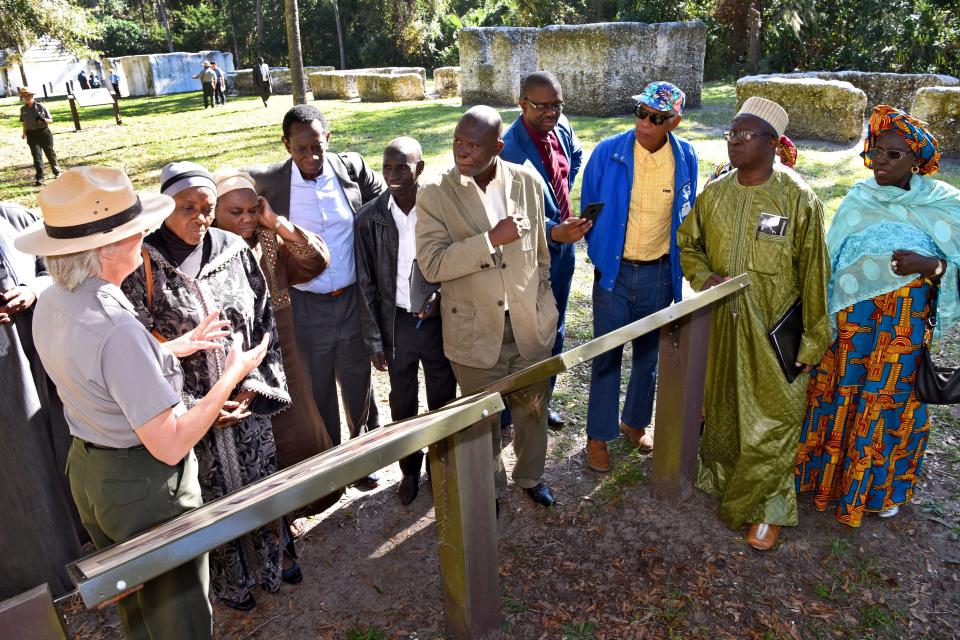
Zephaniah Kingsley
The English-born, slaveholding plantation owner lived in Florida before it became American territory and sat on the Florida Territorial Council after the American takeover. Kingsley Plantation on Fort George Island, one of several plantations he owned in Northeast Florida, is operated now by the National Park Service.
Frances Bartlett Kinne
President of Jacksonville University from 1980 to 1989, she was the first female university president in Florida and the second nationally. After retiring as president, she became JU’s chancellor.

Claude Kirk
In 1967, the co-founder of Jacksonville’s American Heritage Life Insurance became Florida’s first Republican governor since the 1870s. He served one term.
Henry Klutho
He was Jacksonville’s premiere architect after most of downtown burned in the Great Fire of 1901, designing dozens of buildings for clients downtown and in Springfield and Riverside-Avondale. His biggest project was the St. James Building, a four-story department store that became Jacksonville City Hall in 1997.
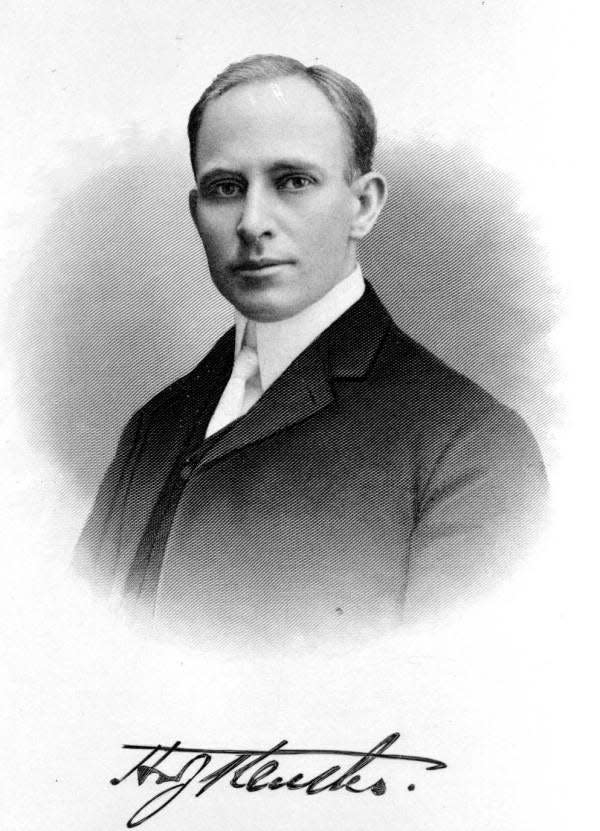
Laura Adorkor Kofi
A self-described African princess, she founded the African Universal Church and used Jacksonville as her base to deliver talks that mixed the Gospel with messages about self-help and positive Black identity. She was speaking at a church in Miami in 1928 when she was shot dead and her body returned to Jacksonville for a huge public funeral. Church members built a small community called Adorkaville off New Kings Road in the 1940s, but a lot of it decayed or was demolished in the ensuing decades.
Ira T. Koger
Operating a relative’s construction company in the 1950s, he began looking for opportunities developing real estate. He built a complex of landscaped business buildings that he copied and popularized as the office park that shaped growth in Jacksonville and generations of post-war American suburbs.
Homer G. Lindsay Jr.
With Jerry Vines, he co-pastored one of the country’s largest Southern Baptist churches in the 1990s after decades of growing First Baptist Church’s attendance. Membership at the downtown church, which had been about 2,600 when he began pastoring there with his father in 1969, swelled to almost 26,000 by 1999, the year before his death.
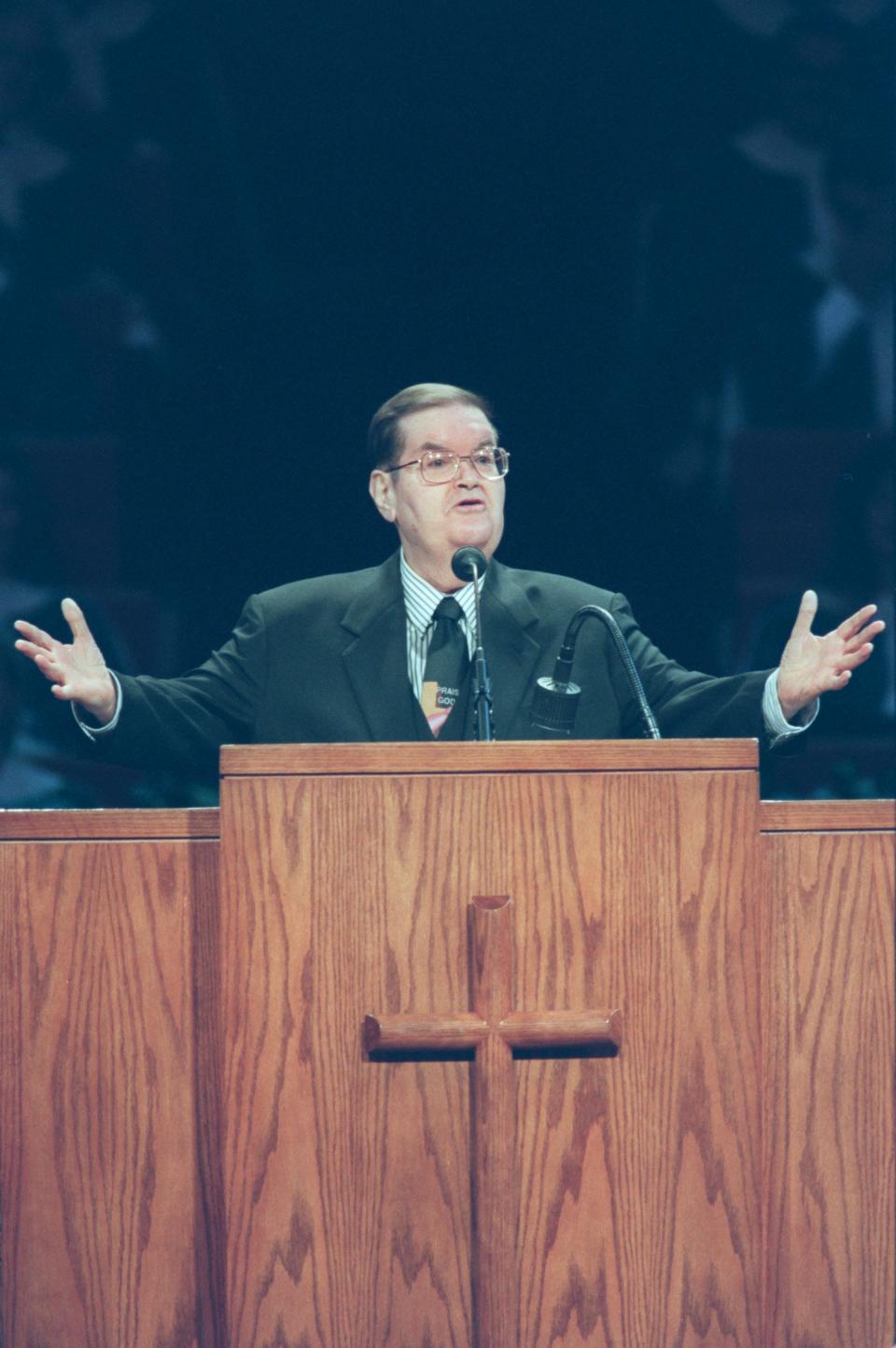
Joseph Lee
Jacksonville’s first Black attorney was a former judge who in 1905 was visited at home by President Theodore Roosevelt and also accompanied the president to St. Augustine. Lee, who served in the Florida Legislature in the 1870s , was a delegate to Florida’s 1885 Constitutional Convention and was Jacksonville’s first Black municipal judge, elected in 1888.
Farris Mansour
The downtown fruit-stand operator has been described by researchers as the first Syrian immigrant known to have reached Jacksonville, about 1890. Relatives who followed soon after were followed by others who fueled growth of a Middle East-descended community estimated now at around 70,000 people in Jacksonville.
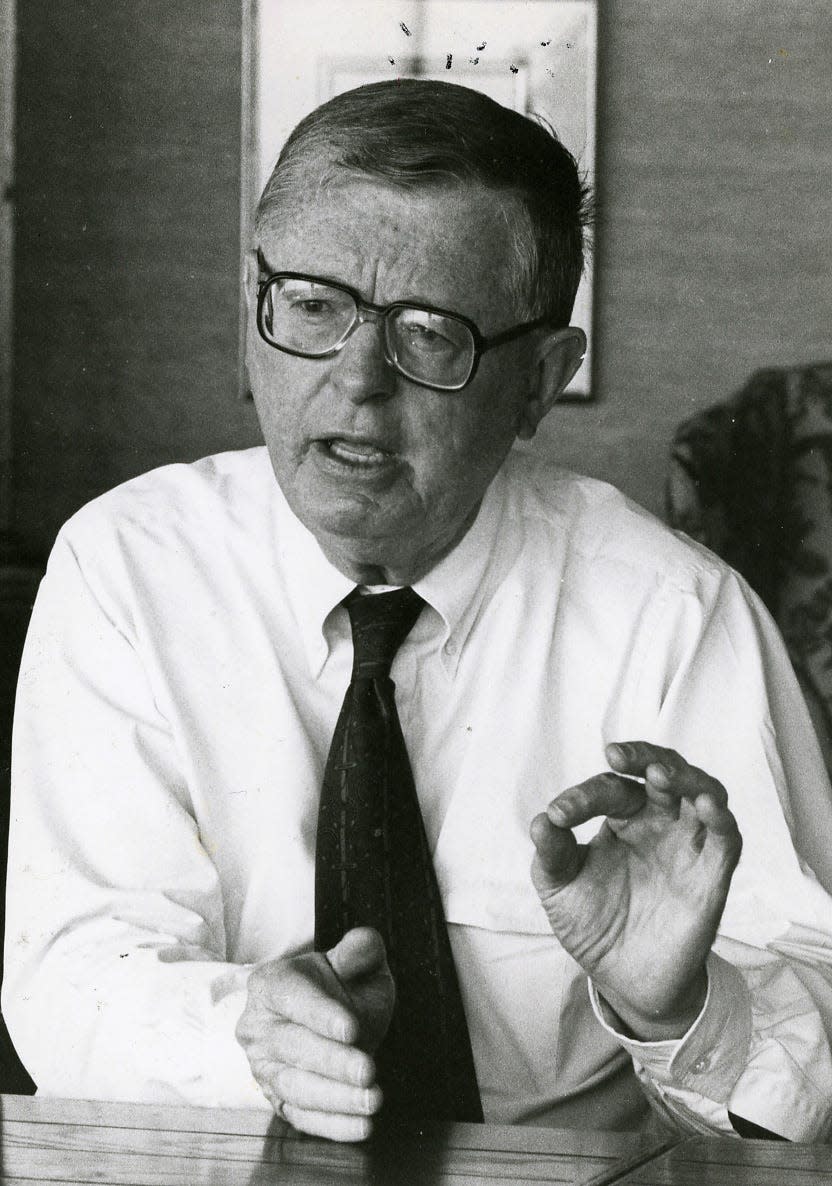
Raymond Mason
The Jacksonville native ran the Charter Company from its creation in 1949 through heady growth and into bankruptcy 35 years later. The conglomerate with subsidiaries in oil refining, insurance and communications ranked No. 61 on the Fortune 500 in 1984 but entered a three-year bankruptcy reorganization, the last parts of the company being bought out in the 1990s.
John E. Mathews
Moving from Georgia to Jacksonville in 1916, the attorney served in Florida’s House of Representatives from 1928 to 1932 and in the Senate from 1942 to 1950. He was a Florida Supreme Court justice from 1951 to 1955. Downtown’s Mathews Bridge, which he championed funding as a lawmaker, is named after him.
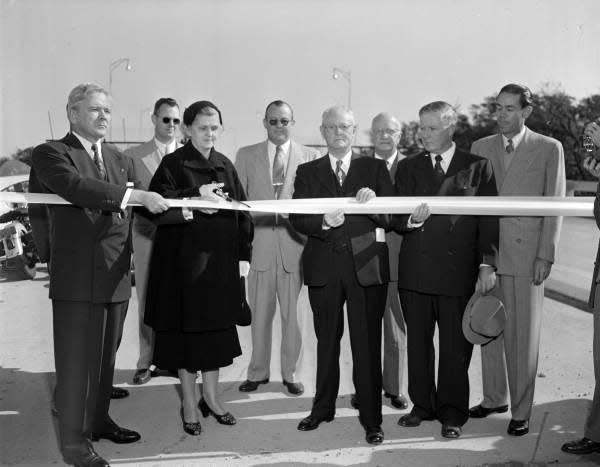
B.B. McCormick
The developer/builder played a large role in Jacksonville Beach’s development in the 1930s and ‘40s, constructing single-family homes, apartments and roads. The B.B. McCormick Bridge carrying Beach Boulevard over the Intracoastal Waterway commemorated him until it was demolished in 2009.
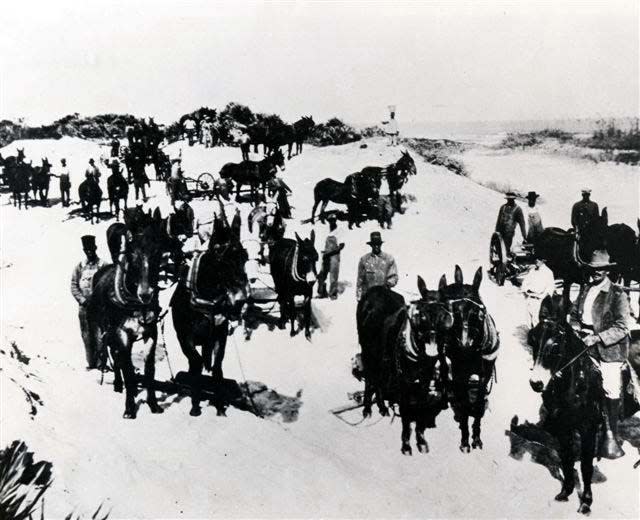
James Merrill
Started as a marine blacksmith and ironwork shop after the Civil War, his family’s business became one of the largest shipbuilding companies in the Southeast. Merrill-Stevens Co. (much later called Jacksonville Shipyards Inc.) employed about 1,500 people at yards on both sides of the St. Johns during World War I and during four years of World War II the company produced dozens of Liberty Ships for the U.S. Maritime Commission.
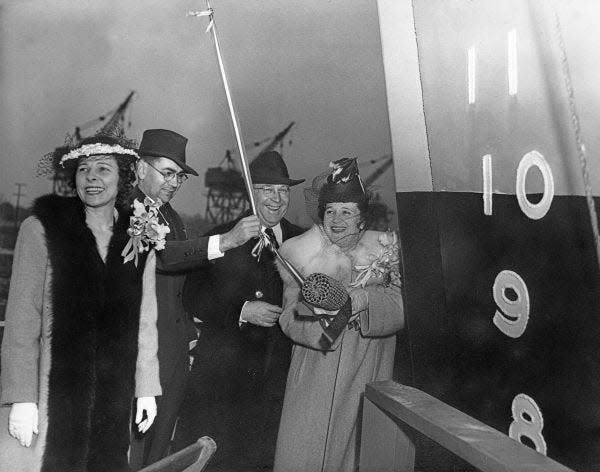
Claude Nolan
An early Cadillac dealer in Jacksonville, in 1914 he formed a company that bought more than 1,000 acres near the St. Johns River in an area called San Jose Plantation. The land was resold in the 1920s and developed as San Jose Estates, an area that included a hotel later repurposed for the Bolles School campus.
Richard Norman
Part of Jacksonville’s filmmaking industry in the silent-movie era, the Middleburg native made “race films” using Black casts and for Black audiences from 1919 to 1928 at his Norman Studios, now a museum at 6337 Arlington Road.
Charles H. Pearce
A senior figure in the African Methodist Episcopal church, following the Civil War he organized a college in Live Oak that moved to Jacksonville in 1883 and nine years later was renamed Edward Waters College. The school, a landmark among historically Black college, became Edward Waters University last year.

Rutledge Pearson
He became president of the Jacksonville Branch of the NAACP in 1961, a year after young people he was advising staged peaceful sit-ins at white-only downtown lunch counters that triggered white mob violence remembered as Ax Handle Saturday. Rutledge H. Pearson Elementary School on Roanoke Boulevard and Jacksonville’s main post office at 1100 Kings Road care named for him.
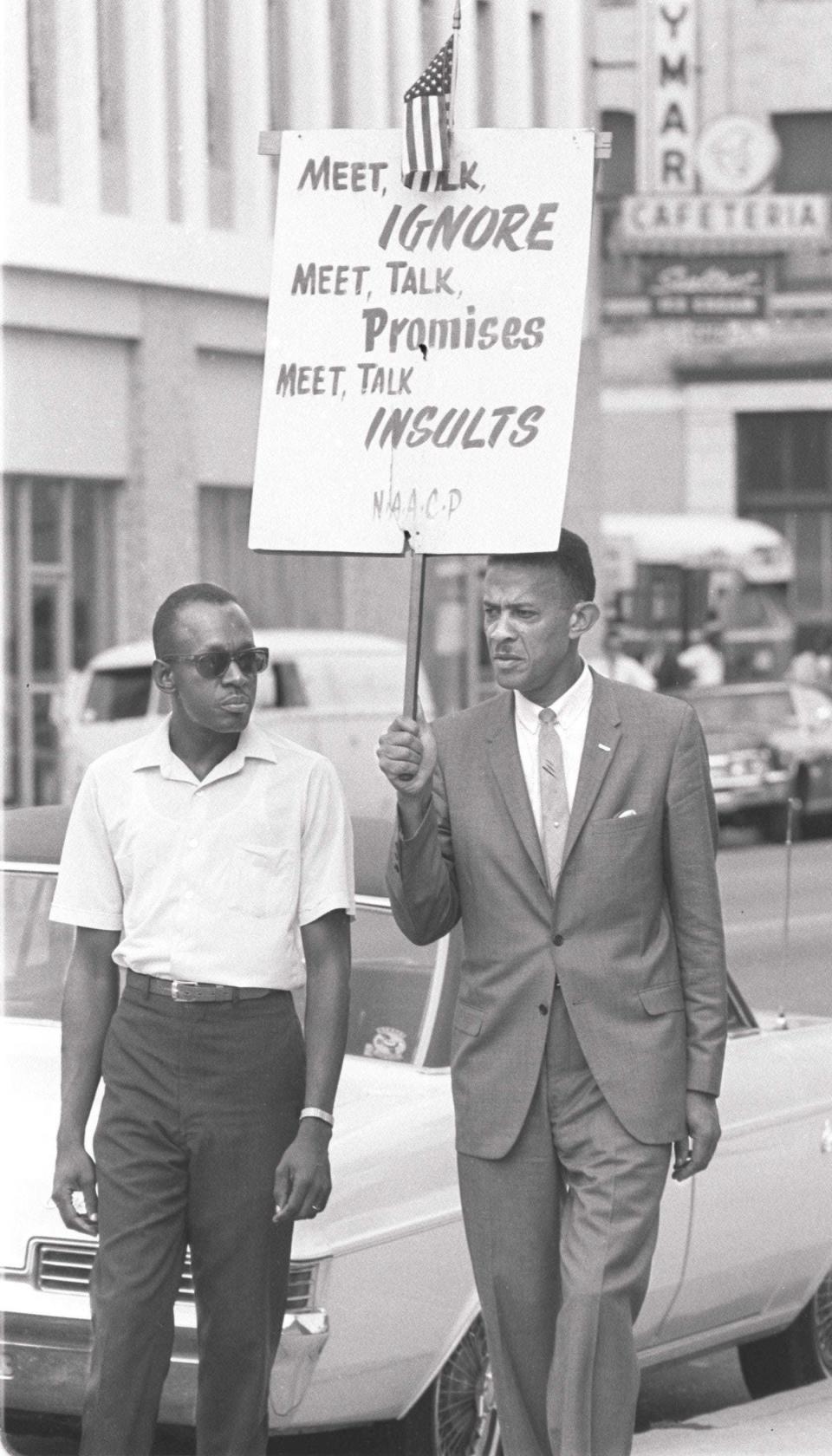
Herb Peyton
Starting from a single gas station on Moncrief Road in 1960, the founder of Gate Petroleum built a chain of stores crossing the Southeast while developing real estate and launching new companies.
John Peyton
A longtime figure in civic issues, he was Jacksonville’s mayor from 2003 to 2011. He became president of Gate Petroleum in 2012.
Henry Bethune Philips
A Duval County judge for 20 years and son of a former sheriff, Gov. Cary Hardee appointed him to a seat on the State Road Board, forerunner to Florida’s Department of Transportation, which he chaired from 1921 to 1925. Philips Highway was named for him.
William J. Porter
The man who founded William J. Porter University in 1934 changed its name to Jacksonville Junior College and moved the school, which was renamed again and took root in the 1940s at a campus in Arlington. Jacksonville University was accredited as a two-year college in 1950.
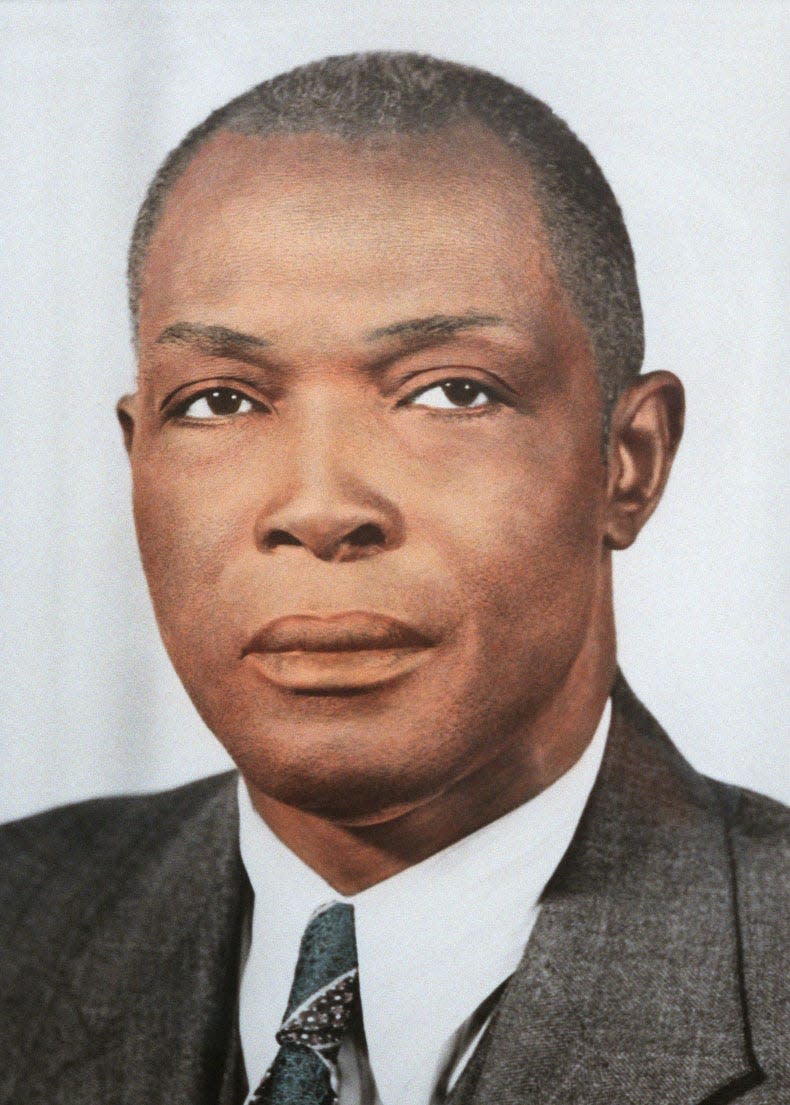
William M. Raines
Principal of segregated Black Matthew Gilbert High School from 1938 until his death in 1950, his impact on Duval County education was recognized in 1965, when newly built School No. 165 off Moncrief Road was named Raines High School. The school is currently a magnet for information technology and visual and performing arts.
A. Philip Randolph
Raised around Jacksonville’s Eastside in the 1890s, Randolph became an organizer for labor unions after moving to New York as a young man. Elected president of the Brotherhood of Sleeping Car Porters in 1925, he became a civil rights advocate who helped push presidents Franklin Roosevelt and Harry Truman to adopt anti-discrimination policies. He was a central figure in the Rev. Martin Luther King Jr.’s 1963 march on Washington.
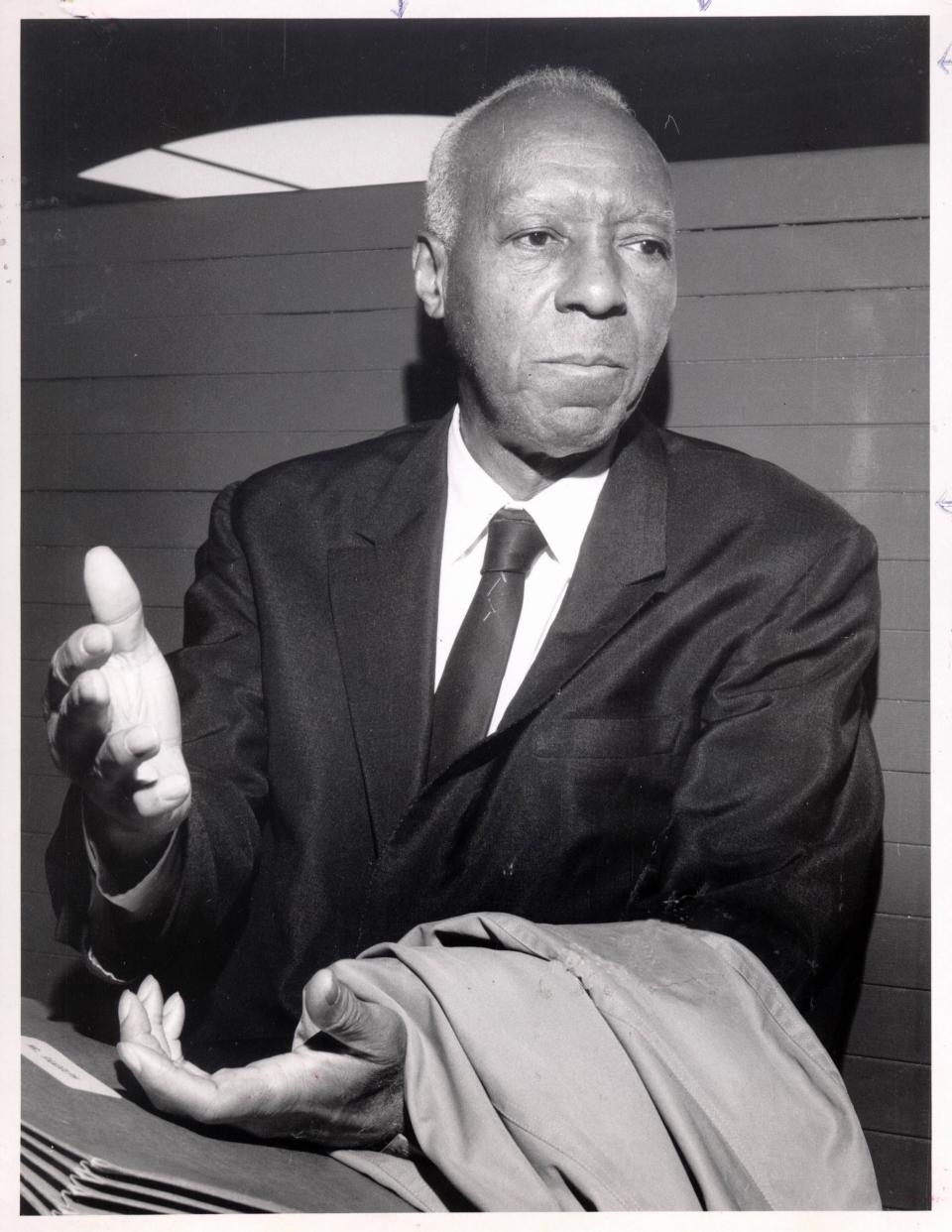
Harrison Reed
Governor of Florida from 1868 to 1873, he headed to Duval County after leaving office and bought land across the river from Jacksonville that he platted as the community of South Jacksonville. A city of South Jacksonville existed from 1907 until 1932.
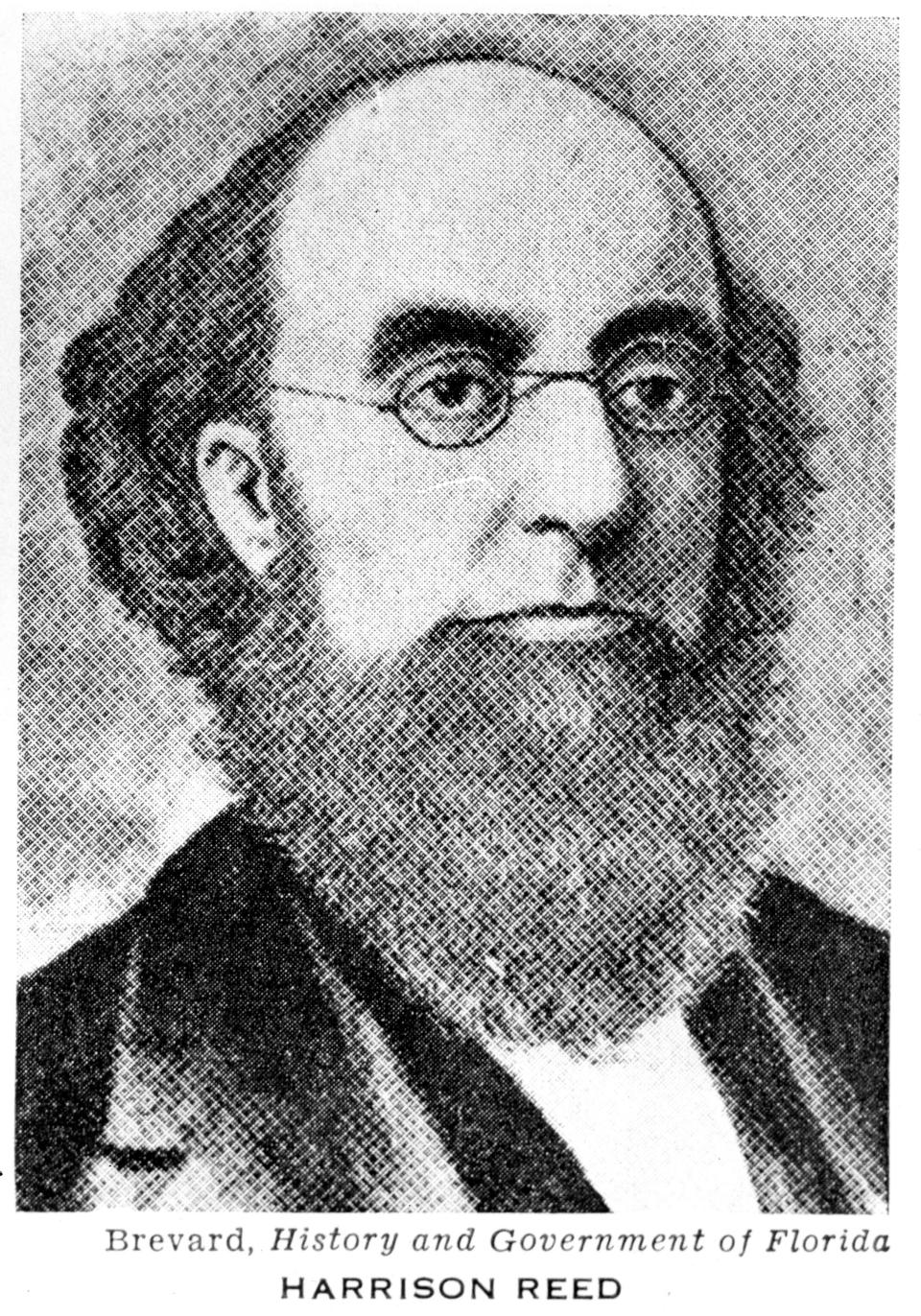
Malvina Reichard
Jacksonville’s first female physician, in 1882 she became the superintendent and resident physician for St. Luke’s Hospital, a charity that had struggled to get started prior to a yellow fever epidemic in 1877. Although female doctors were uncommon in the 19th century South, they weren’t that rare at St. Luke’s: two more women, Helena Davis and Anita Tyng, held the resident physician role within six years of Reichard’s appointment.
Jean Ribault
The French naval officer explored the mouth of the St. Johns River in 1562 and set up a stone column to claim the area for France before leaving to establish a settlement in coastal South Carolina. He returned to Florida in late August 1564 to reinforce and take command of a small Huguenot colony at Fort Caroline that was overrun the following month by Spanish troops who ended French colonization in Florida.
William and Eleanor Scull
In the 1880s, the first settlers at Jacksonville Beach lived in a tent and operated another tent as a general store and post office, which postal rules said had to have a name. The couple chose Ruby (their oldest daughter’s name), but the name changed to Pablo Beach in 1886 and Jacksonville Beach in 1925.
Lynyrd Skynyrd
The band formed by Jacksonville teens in the 1960s gained a national following during the rise of Southern rock in the 1970s and gained a place in the Rock and Roll Hall of Fame in 2006. Songs like “Free Bird” and “Sweet Home Alabama” became part of the soundtrack of life for a generation of Americans, nurturing Jacksonville’s music scene.
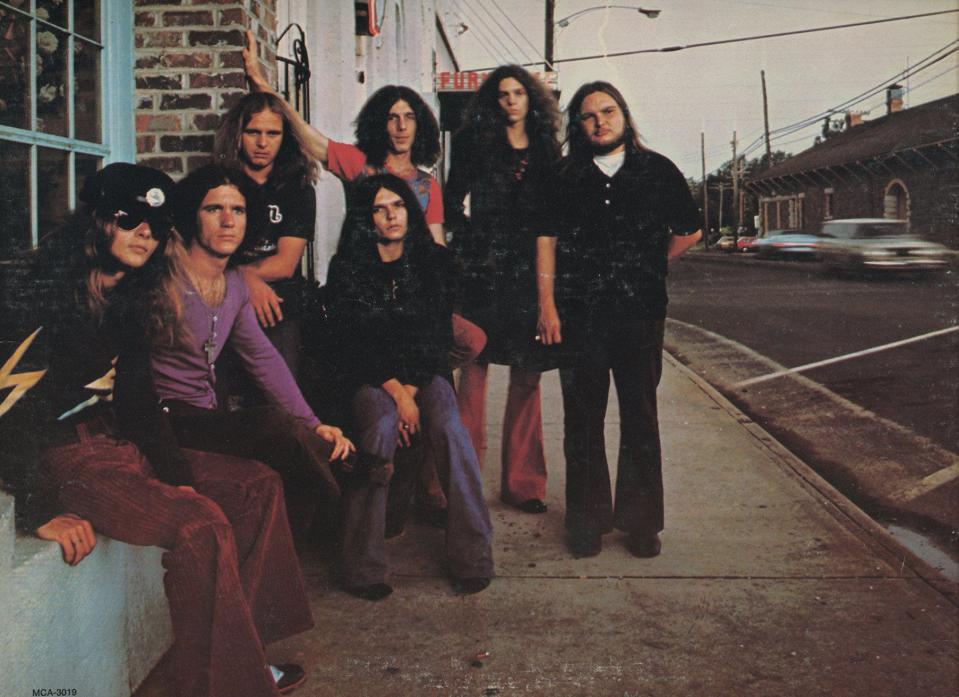
Frank G. Slaughter
Doctor turned novelist whose 62 books sold more than 60 million copies. Practicing at Riverside Hospital in the 1930s, he began a half-century writing career that produced titles including Plague Ship; That None Should Die; and Doctors’ Wives, several later made into films.
Arthur N. Sollee
Starting in 1956, the former Duval County engineer spent 16 years as executive director of the Jacksonville Expressway Authority, the agency that became the Jacksonville Transportation Authority. He had already retired by the time Butler Boulevard opened, and the agency named the span across the Intracoastal Waterway after him.
John N.C. Stockton
A prominent figure in Jacksonville real estate, he developed Ortega as a magnet for the city’s upper crust. Five years after the 1901 Great Fire destroyed most of Jacksonville, Stockton’s Ortega Co. bought out another would-be developer’s stake in the property, committed to build a bridge to carry cars onto the property and signed a deal for creation of a country club there. Stockton Park on Ortega Boulevard is named for him.
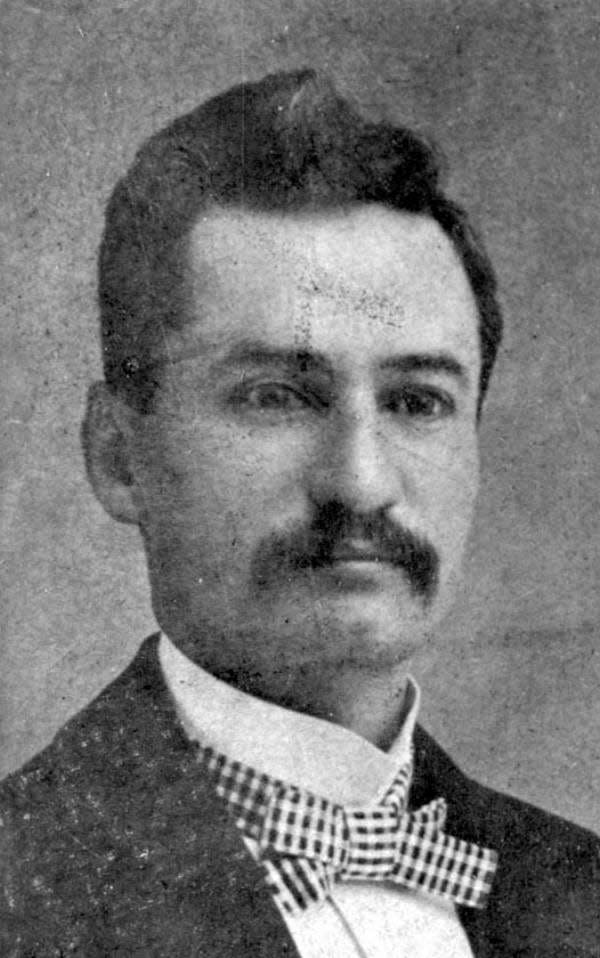
Telfair Stockton
He developed Jacksonville’s Avondale and San Marco communities, tapping a customer demand for exclusive, upscale suburbs early in the 20th century. Avondale was started in 1920 as “Riverside’s residential ideal” on land where another subdivision had fallen flat. Development of San Marco began in 1925, a few years after completion of the Acosta Bridge made it possible to work downtown and drive to a home south of the river.
Harriet Beecher Stowe
The abolitionist author whose Uncle Tom’s Cabin reached a huge audience before the Civil War moved to Mandarin soon after the conflict ended, writing the travel guide/memoir Palmetto Leaves there by 1873. Her description of Northeast Florida was credited with helping draw settlers and tourists to the area by the 1880s.
James P. Taliaferro
Business executive and Democratic U.S. senator (1899-1911) who moved to Jacksonville as a Confederate Civil War veteran in 1866. After careers in lumber and railroad construction, he became president of the First National Bank of Tampa and remained in Jacksonville’s business circles until 1920.
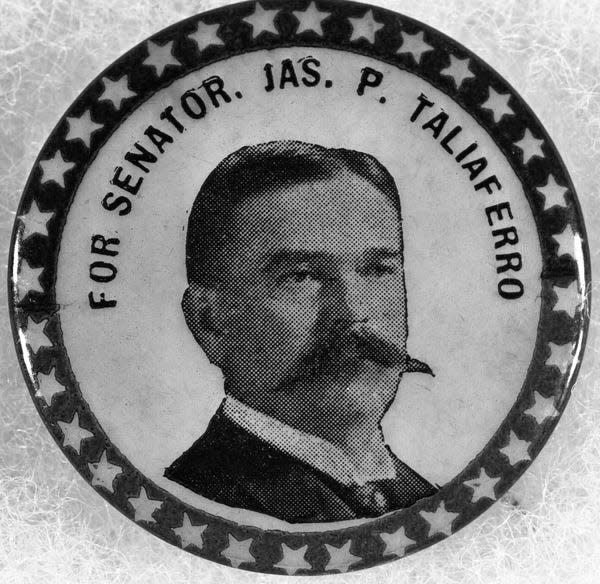
Fuller Warren
Florida’s governor from 1949 to 1953, the Blountstown native moved to Jacksonville in 1927 to start his law practice, then served on the Jacksonville City Council from 1931 to 1937 and was elected to the state House of Representative in 1939. The Fuller Warren Bridge on Interstate 95 downtown is named for him.
J. Wayne Weaver
The shoe-store executive brought a National Football League franchise to Jacksonville in 1993, with the Jaguars playing their first season two years later.
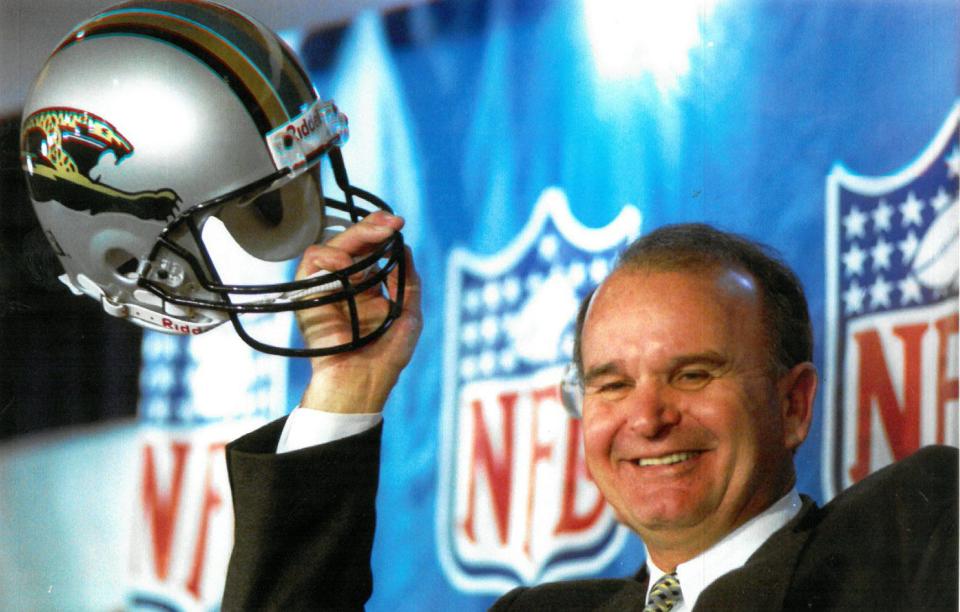
E.L. Weems
Photographer who chronicled Black Jacksonville’s daily life between 1929 and 1979 from his studio on West Beaver Street. Since his death in 1983, his work has been publicly displayed, including at a 2000 exhibit organized through the Smithsonian Institution.

Eartha M.M. White
The daughter of a former slave, she was honored nationally for volunteer work that helped children, orphans, the poor and the old and infirm. The Clara White Mission, Eartha M.M. White Health Care Inc., the Colored Citizens Protective League, the Boy’s Improvement Club and a hospital for tuberculosis patients were among causes she organized and worked for between the 1890s and her death in 1974 at age 97.
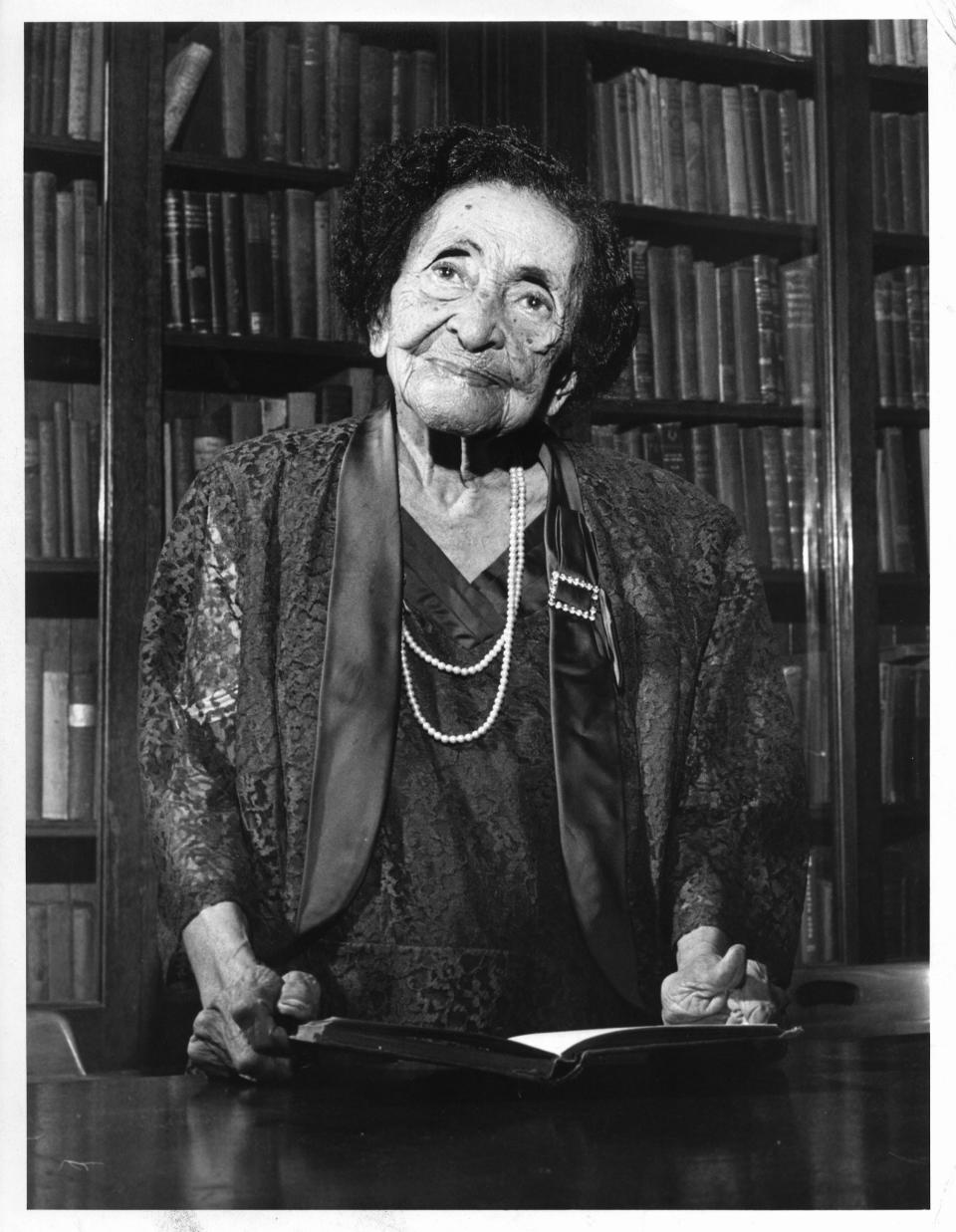
This article originally appeared on Florida Times-Union: These people made Jacksonville what it is at 200. Do you know them?

